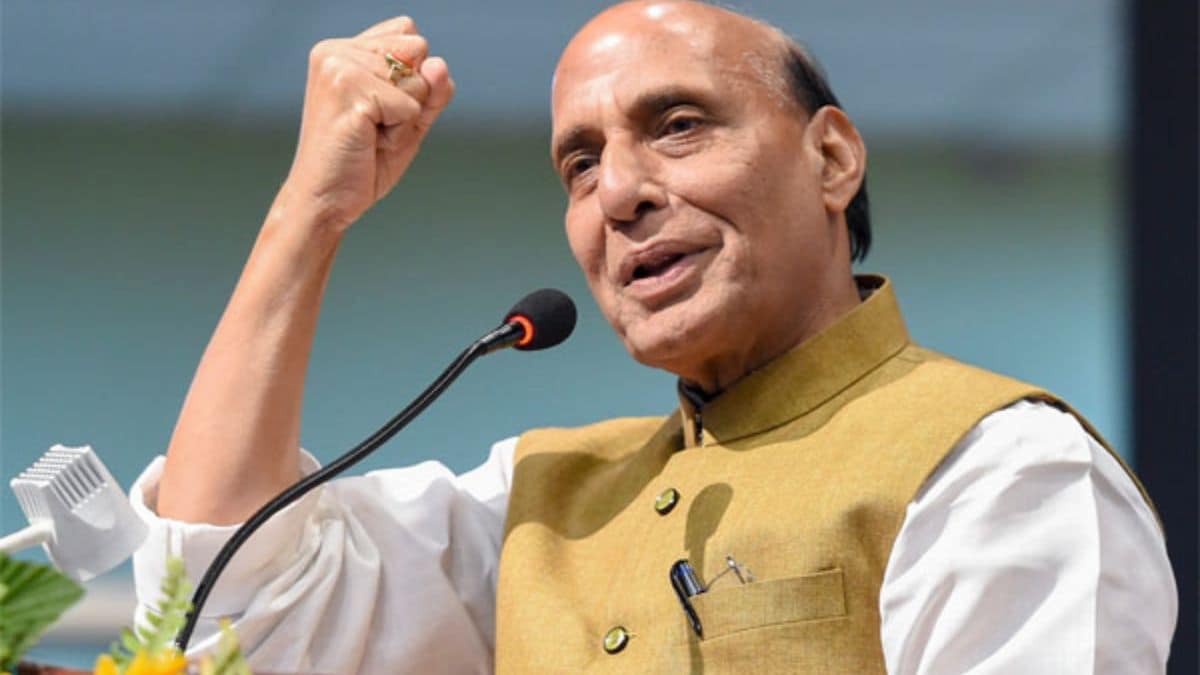

In a significant move aimed at modernizing the Indian Armed Forces, Defence Minister Rajnath Singh has authorized the Chief of Defence Staff (CDS) and Secretary, Department of Military Affairs (DMA), to issue joint instructions and orders applicable to the Army, Navy, and Air Force. This decision, announced on Tuesday, June 24, 2025, marks a departure from the previous system where each service branch issued separate instructions, even on matters involving multiple services.
The first Joint Order, titled 'Approval, Promulgation and Numbering of Joint Instructions and Joint Orders,' was issued the same day as the announcement. It concentrates on streamlining processes, eliminating redundancies, and enhancing coordination across the three services. The Ministry of Defence views this as the beginning of a new phase of integration, reinforcing the Armed Forces' unity of purpose.
This shift towards a single-point command aims to improve administrative efficiency and foster transparency within the armed forces. It is also expected to lay a strong foundation for enhanced jointness in military operations and planning. By empowering the CDS and DMA Secretary to issue unified instructions, the government hopes to accelerate the modernization of the forces and improve synergy between the Ministry of Defence bureaucracy and the Armed services.
The role of the CDS has been envisioned as the single-point military advisor to the Defence Minister on matters involving all three services. Service chiefs are now expected to confine their counsel to issues specifically pertaining to their respective services. The CDS also heads the Department of Military Affairs (DMA) in the Ministry of Defence and is vested with the authority to prioritize inter-service procurement decisions as the Permanent Chairman of the Chiefs of Staff Committee. Furthermore, the CDS can provide directives to the three chiefs, though without holding direct command authority over any of the forces.
The creation of the CDS post and the DMA has been a long-standing reform, with various committees since the late 1990s recommending structural changes in the military and an integrated command structure. The aim is to foster better cooperation between the Ministry of Defence and the Armed services, moving away from a system where Service Headquarters were treated as "Attached Offices" of the Department of Defence, which often led to communication challenges.
While the CDS is the Principal Military Advisor to the defence minister, the Service Chiefs will continue to advise the minister on matters related to their respective services. The CDS will administer tri-Service agencies and be a member of the Defence Acquisition Council and the Defence Planning Committee.